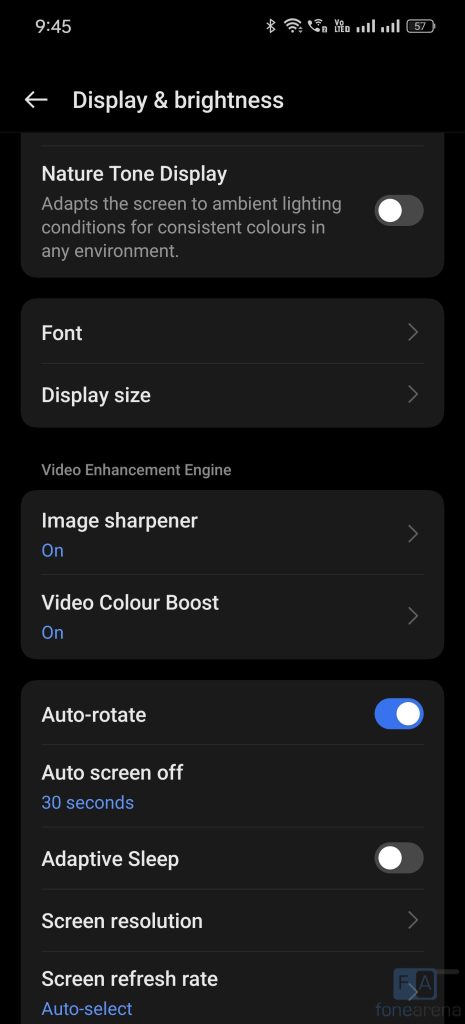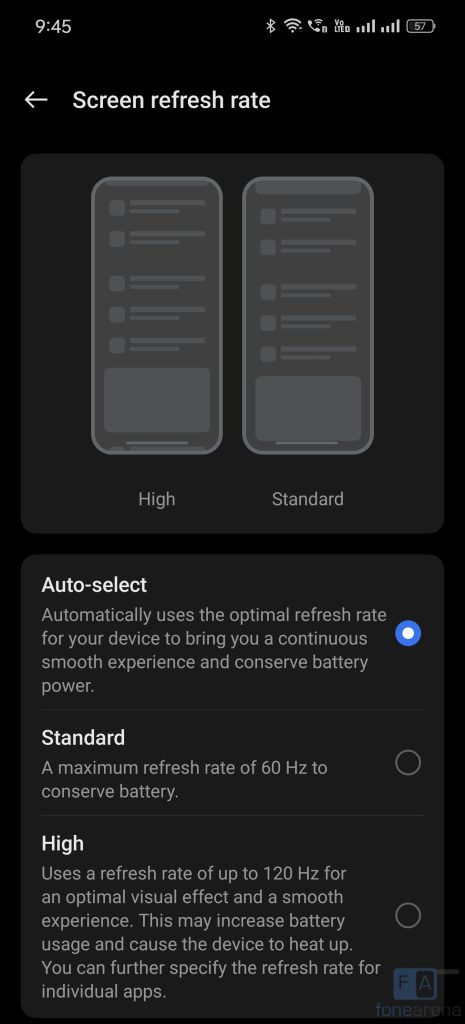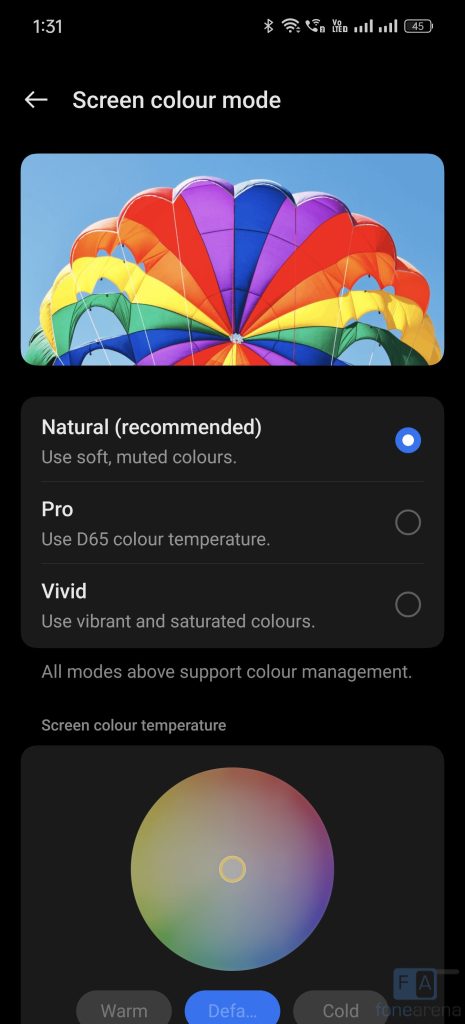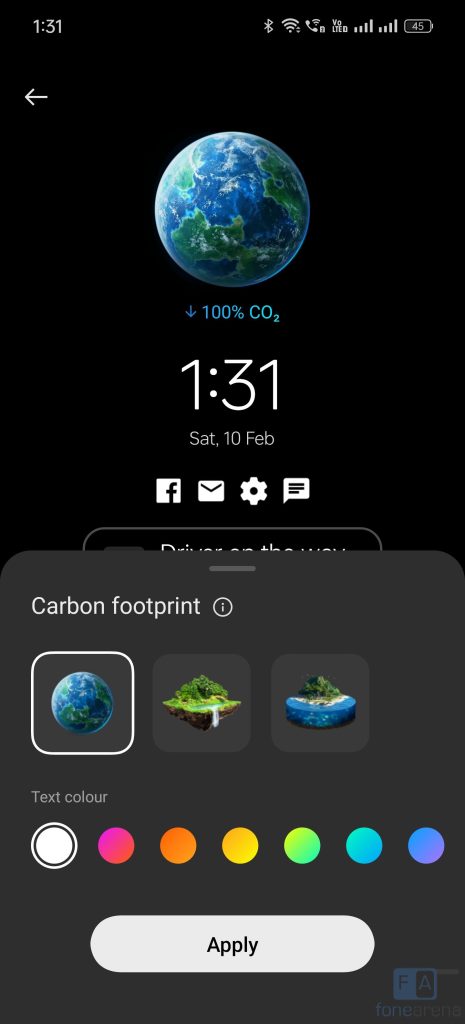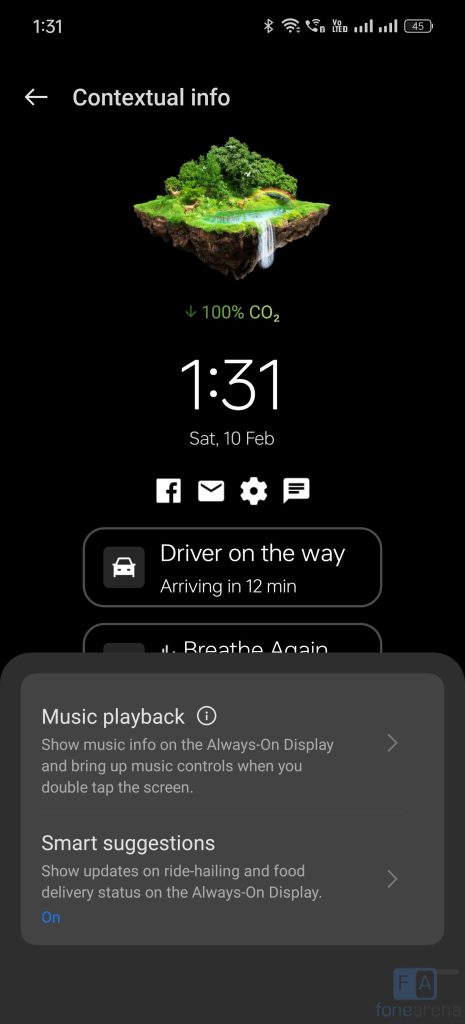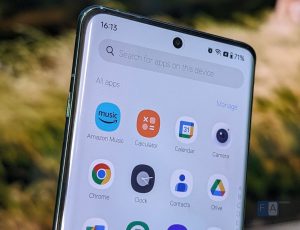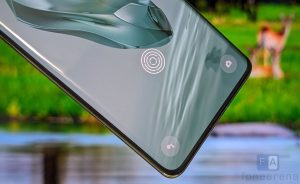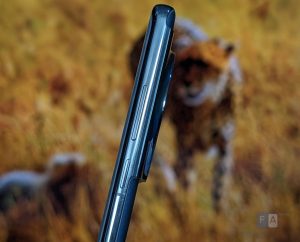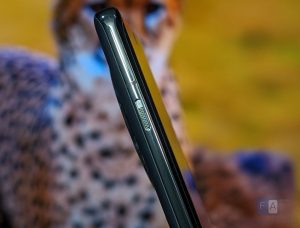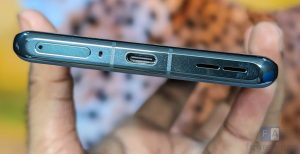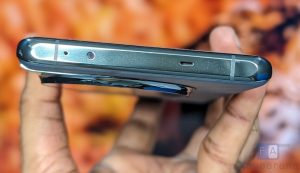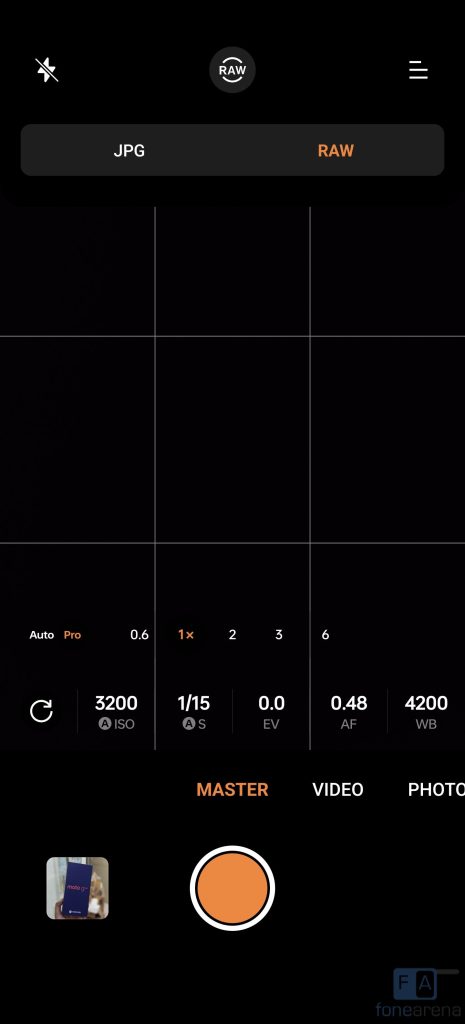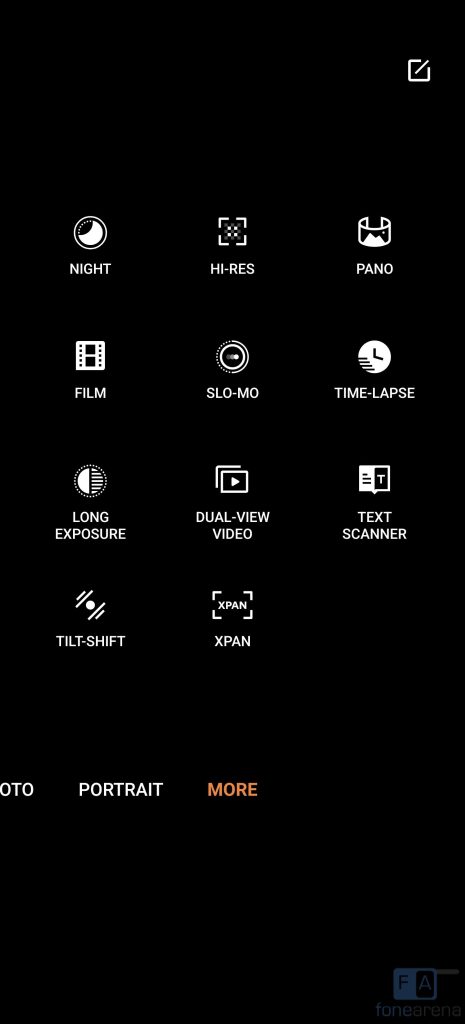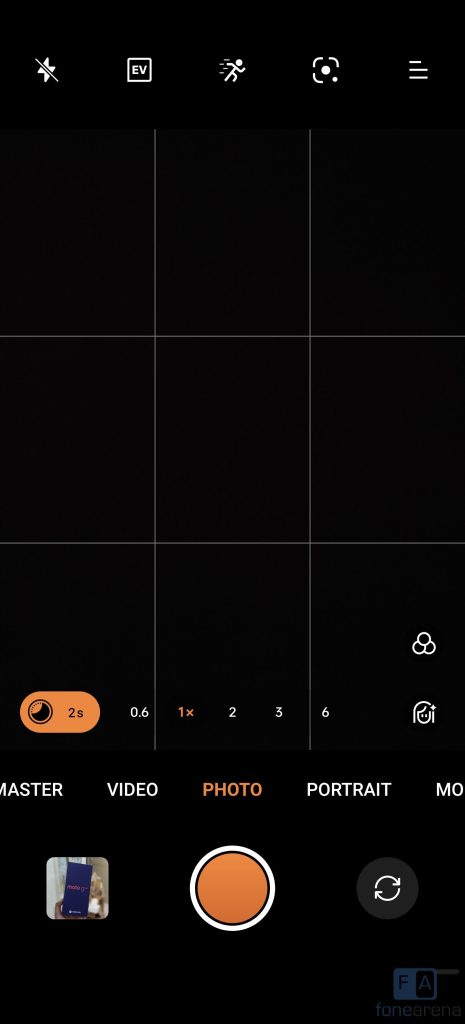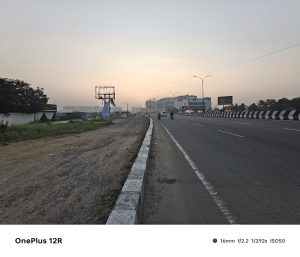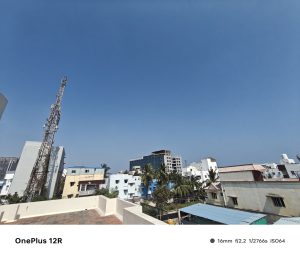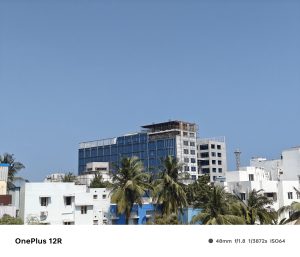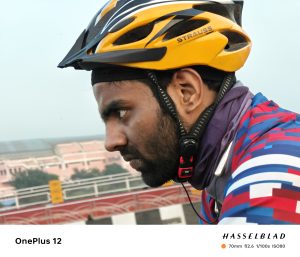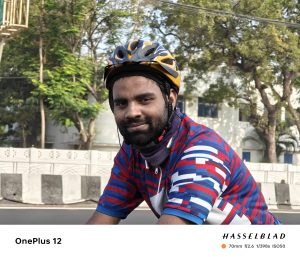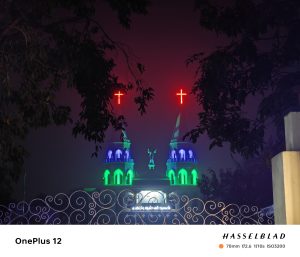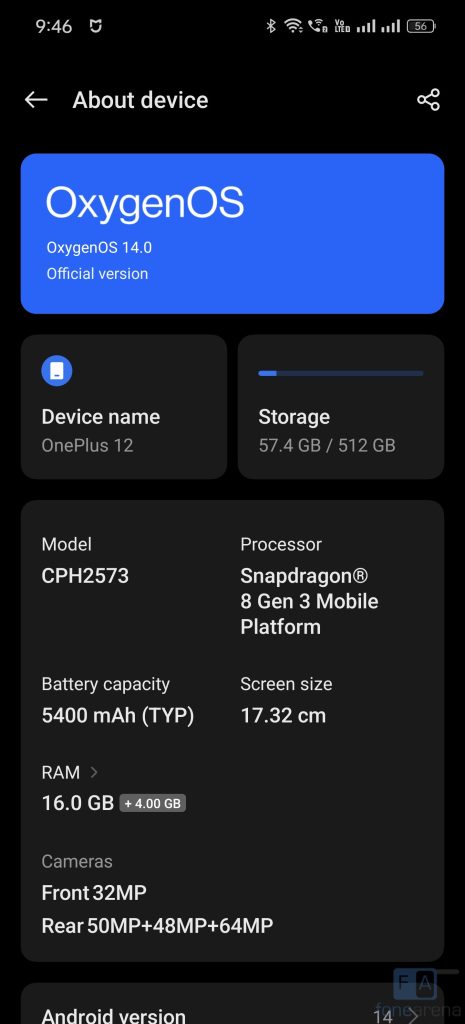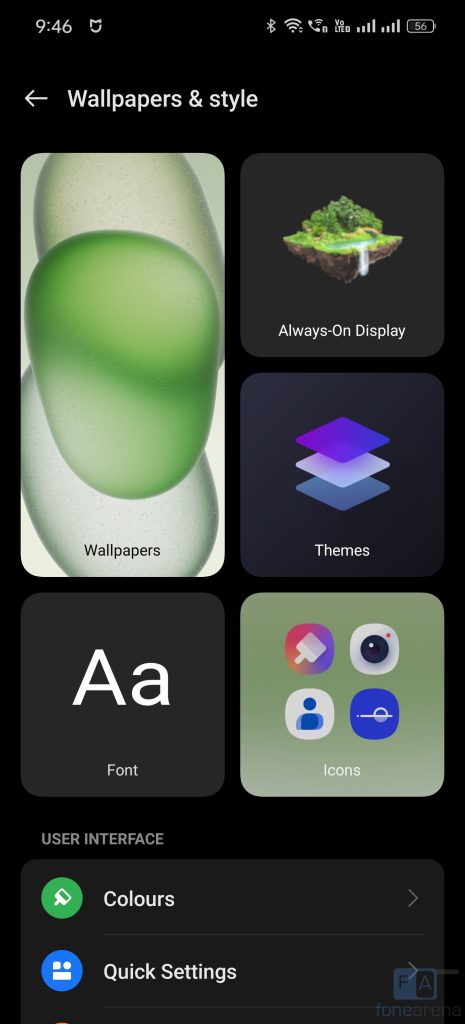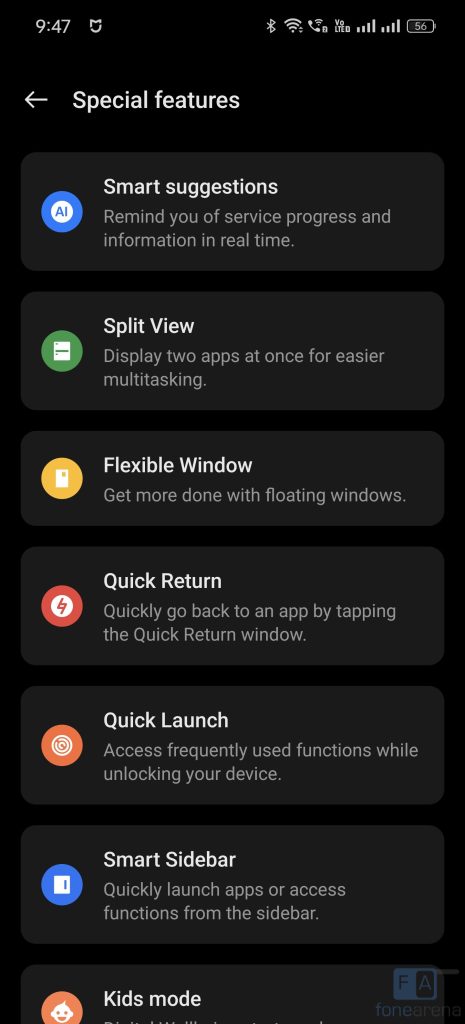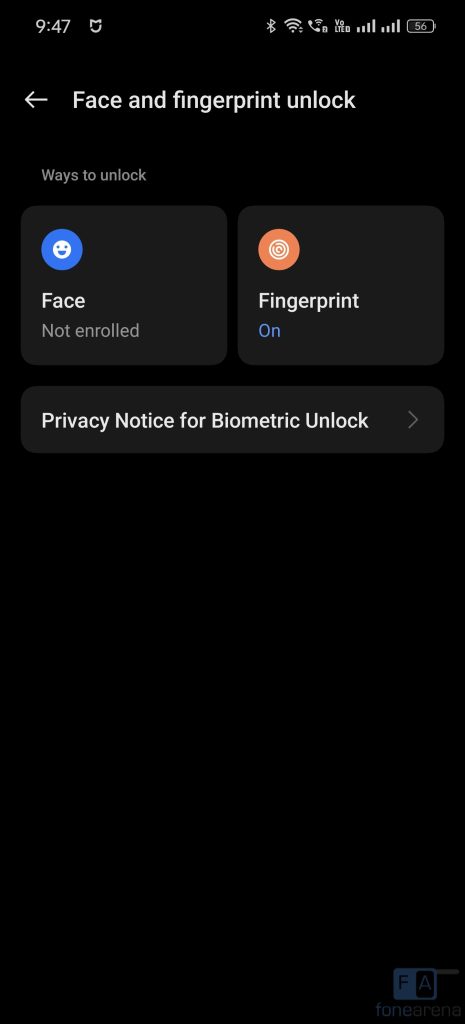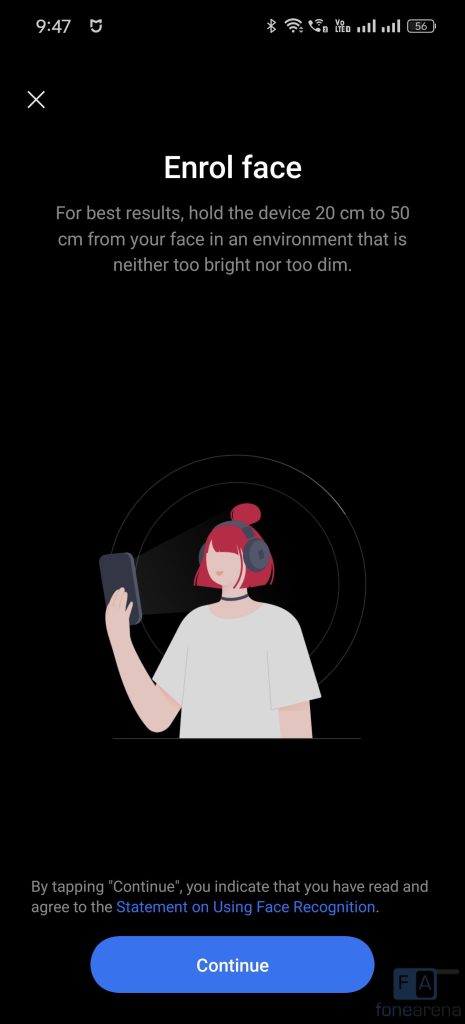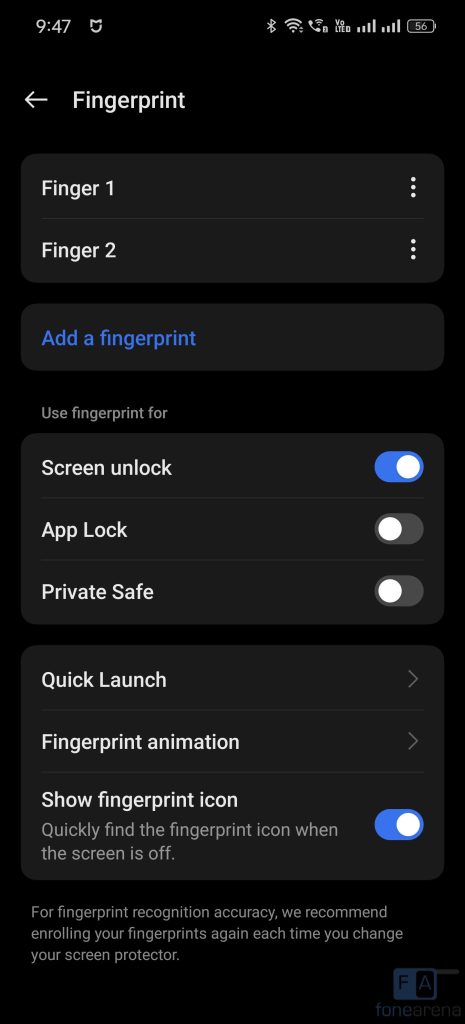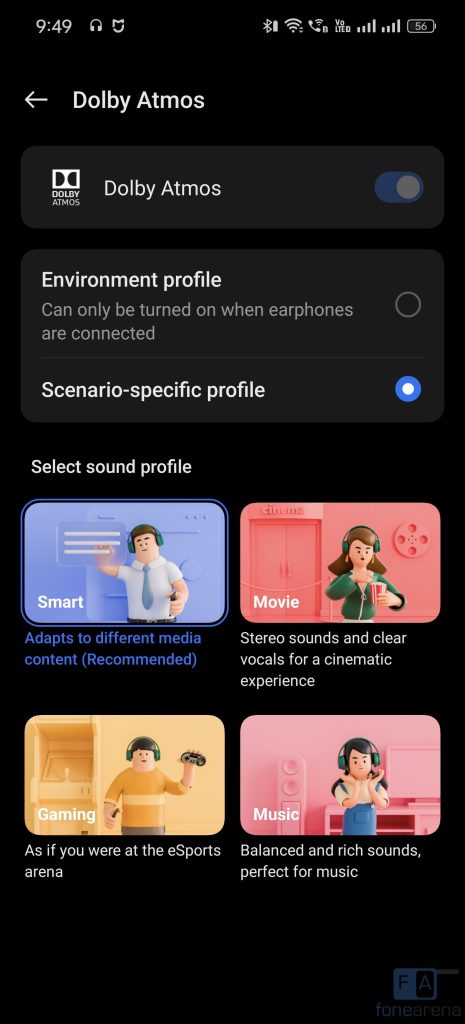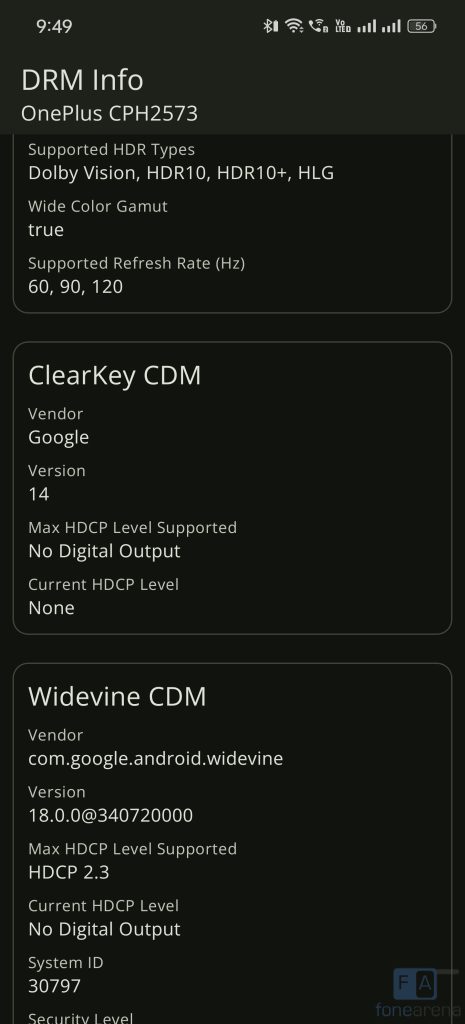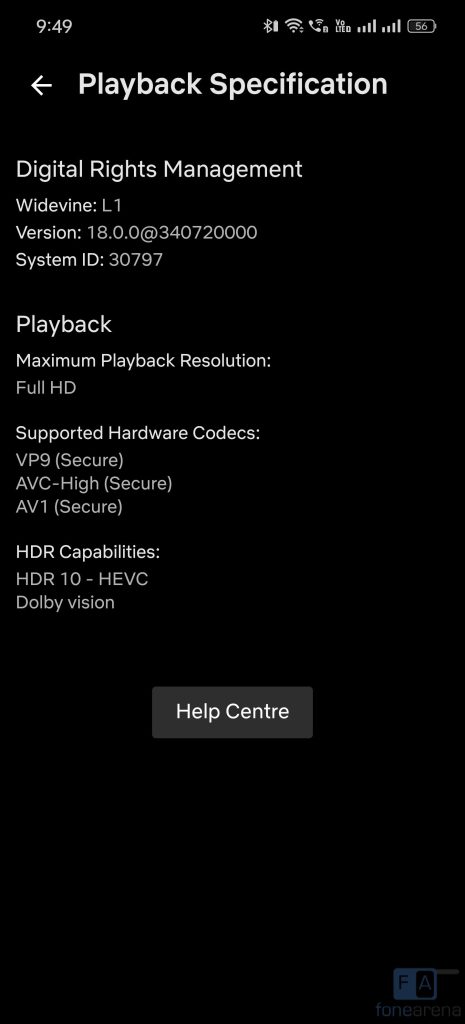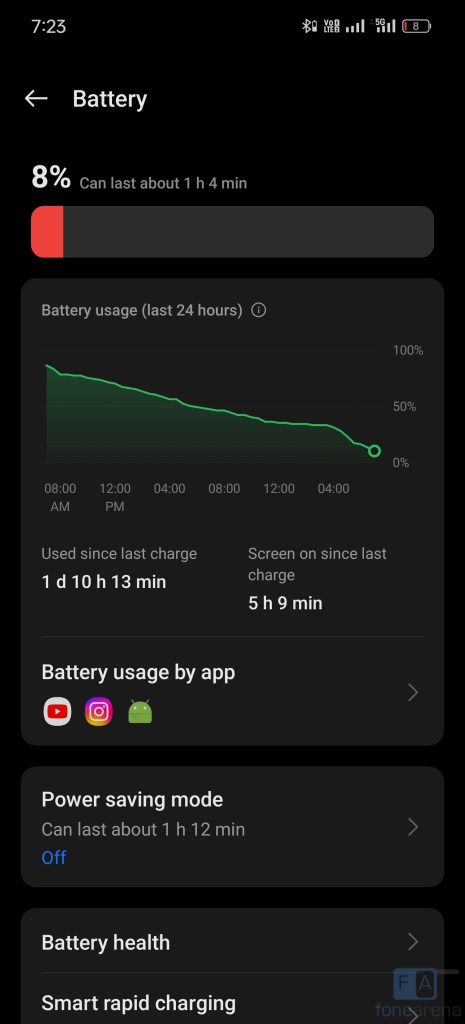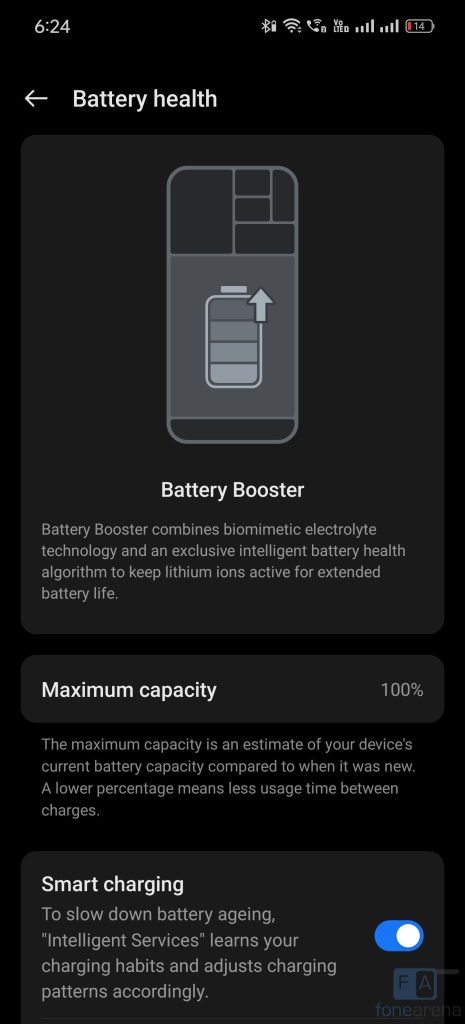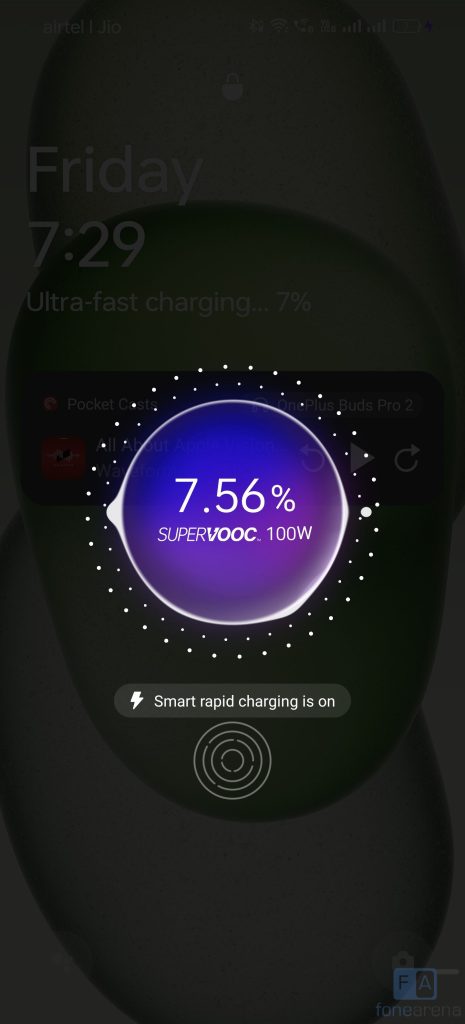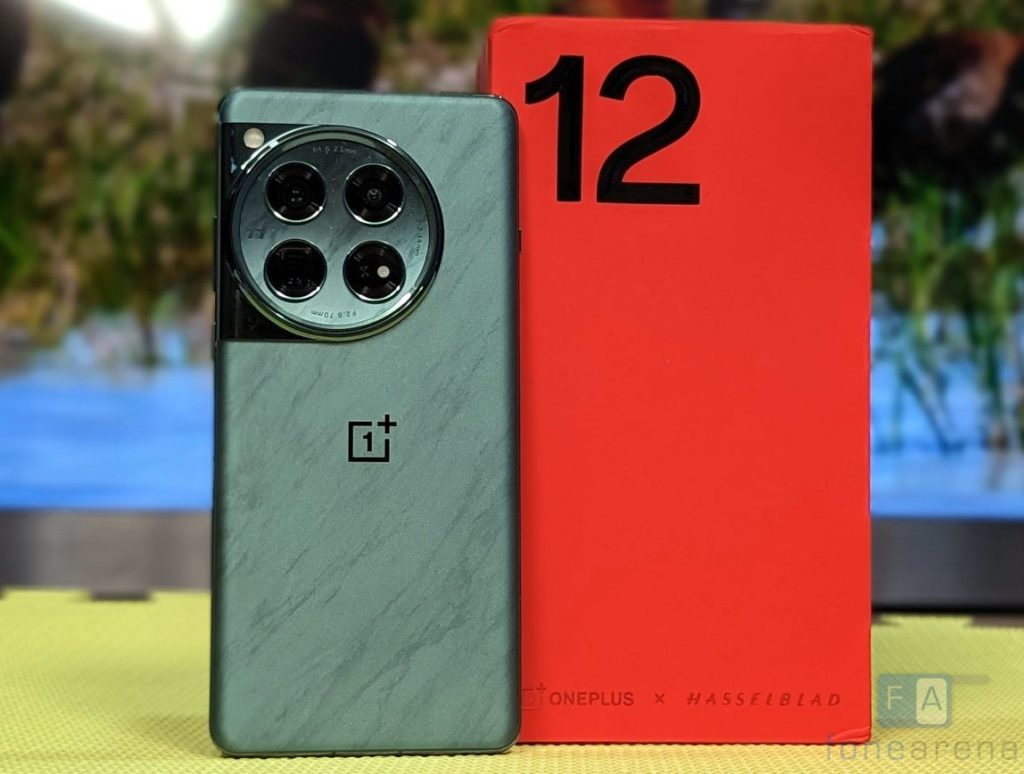
OnePlus launched its flagship OnePlus 12 smartphone in India last month. It has several upgrades from last year’s OnePlus such as improved display, faster SoC, bigger battery, improved camera, and brings back the wireless charging support which was removed last year. However, the price of the phone has increased. Is the phone a good upgrade to OnePlus 11? Let us dive into the review and find out.
| Box Contents |
| Camera |
| Battery Life |
| Conclusion |
Box Contents
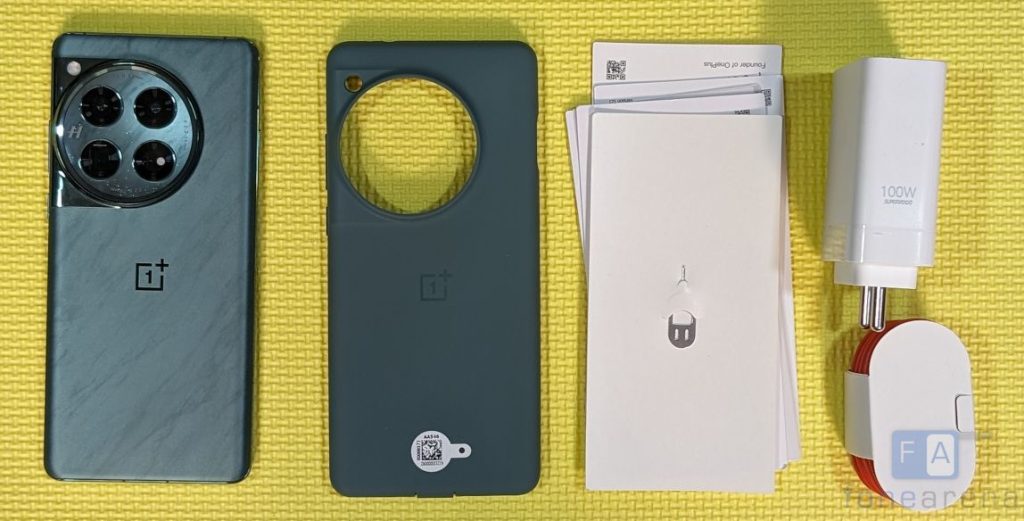
- OnePlus 12 (16GB+512GB) in Flowy Emerald colour
- 100W SUPERVOOC charger
- USB Type-C Cable
- Protective case
- SIM ejector
- Quick Start Guide and Warranty Information
Display, Hardware and Design
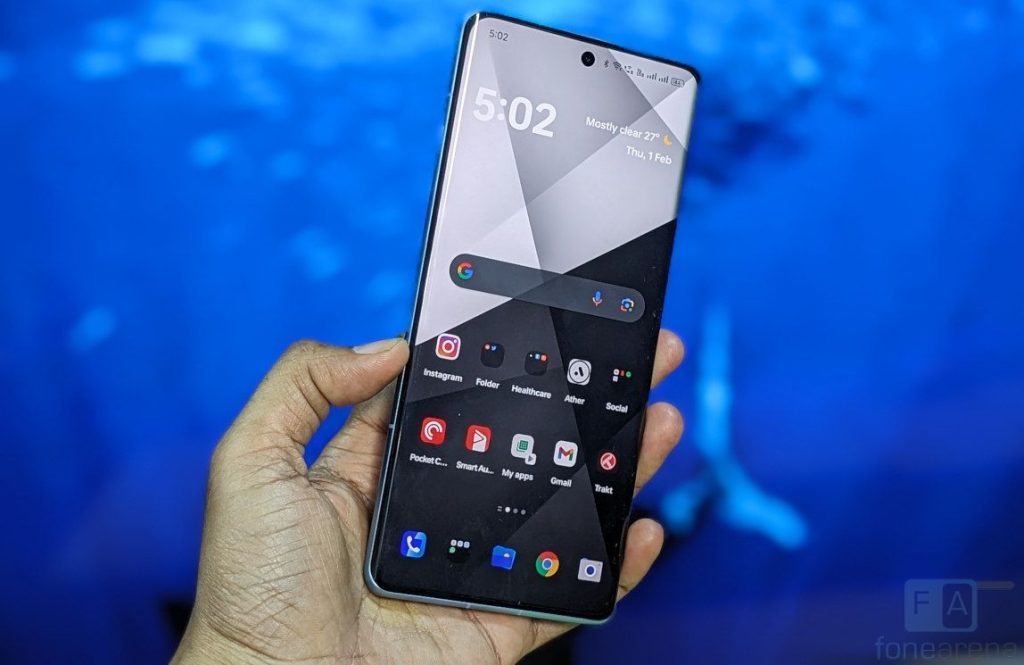
The OnePlus 12 features a 6.82-inch (3168×1440 pixels) 2K AMOLED display with 1-120Hz refresh rate LTPO display, which is better than OnePlus 11. This is the biggest screen on a phone in OnePlus’ history.
The phone has 510 PPI pixel density, less than the 11 since the display size has increased, but you won’t notice it. The display is bright since it has up to 4500 nits peak brightness, which works for HDR, and the global maximum brightness has also increased to 1600 nits, spread across 8192 separate levels. It offers good colour output since it has 100% DCI-P3 color gamut, and the sunlight legibility is good as well.
You can select from vivid, Natural and Pro screen colour modes. I am also a fan of nature tone display feature, which adjusts the display based on the ambient lighting conditions.
The phone has a 2160Hz high-frequency dimming technology. In dark environments (brightness below 70 nits) where DC dimming can’t work, the phone will automatically switch to 2160Hz PWM dimming mode to maintain accurate colors on display with a more comfortable eye experience, said the company. The phone has Corning Gorilla Glass Victus 2 protection.
The phone also has HDR 10 support, which works for YouTube, Netflix and Amazon Prime Video, and Dolby Vision works for Netflix. You can enable video color boost from display settings, which increases the colors in select apps. There is also image sharpener option.
The phone doesn’t have a notification LED, but this has an always-on-display that shows contextual info and notifications all day or as per schedule. There is also music playback option in the always-on-display with the Spotify integration, and there is also Zomato and Swiggy integration to show order details on your lock screen.
The phone has ultra narrow bezels side bezels, making it compact to hold. It has strong vibration motor.
The phone has a tiny punch-hole that houses a 32-megapixel camera. Above the display, there is an earpiece on the top edge that doubles up as a secondary speaker. It has an in-display fingerprint scanner.
Coming to the button placements and ports, the power button is present on the right side along with the volume rockers. The alert slider has been moved to the left side. This is for new integrated antenna for an enhanced antenna performance for gaming, said the company.
You can also see the antenna bands, since this has a metal frame, which feels premium compared to the 11R. This has more than 20% aluminium, from the aluminium alloy frame to the magnesium aluminium alloy internals, compared to the 11R, says OnePlus.
The Dual SIM slot, primary microphone, USB Type-C port and the loudspeaker grill are present on the bottom. The secondary microphone is on the top, along with a speaker vent and an IR blaster.
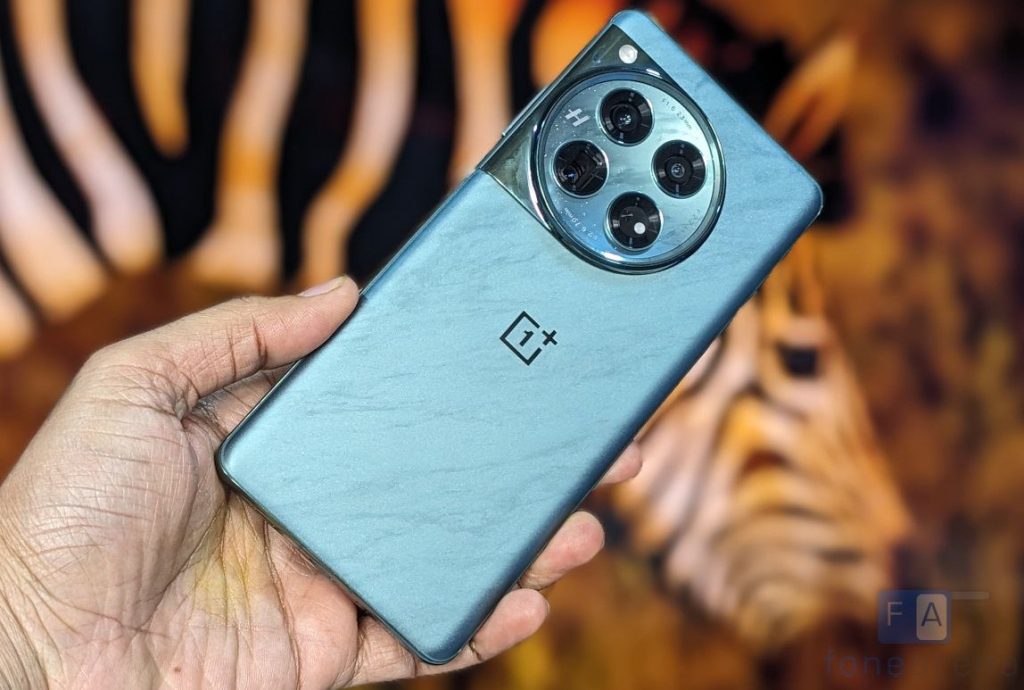
The Flowy Emerald colorway that we have has an emerald green glass technology, and patterns are inspired from the braided channels of Dart River, and the phone also comes in black that has a matte finish that has silk glass craftsmanship. There is Corning Gorilla Glass 5 Protection on the back.
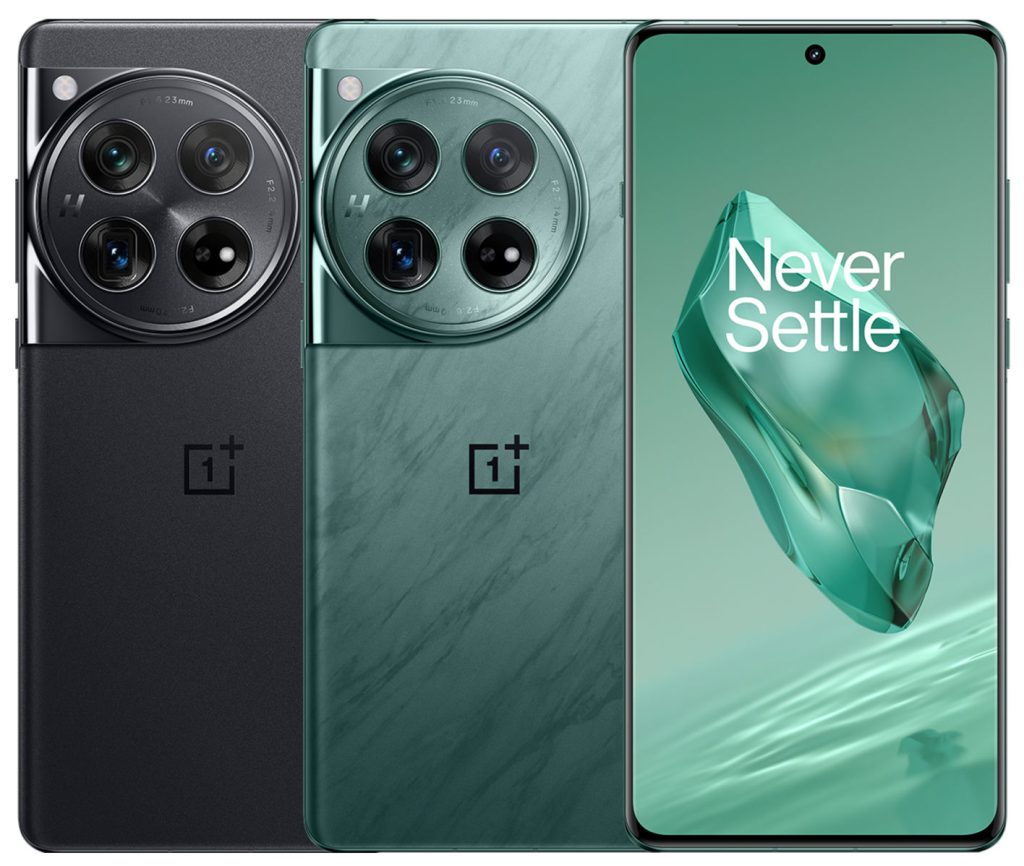
The phone is 9.15mm thick, making it slightly thicker than the OnePlus 11 which is 8.5mm thick. It weighs 220 grams, even though it packs a huge, 5400mAh battery, but the OnePlus 11 is about 15 grams lighter. It only has IP65 for dust and splash resistance and lacks IP68 ratings.
Camera
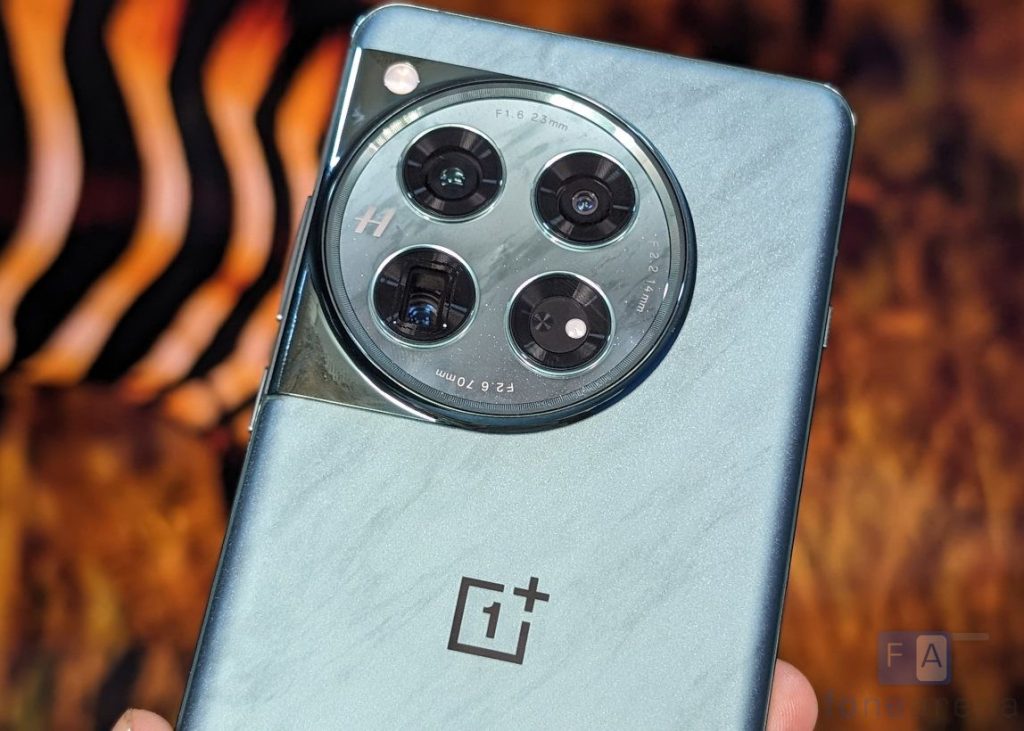
- 50MP rear camera with 1/1.4″ Sony LYT-808 sensor, f/1.6 aperture, OIS
- 48MP 114° ultra-wide camera with 1/2″ Sony IMX581 sensor, f/2.2 aperture, 3.5cm macro
- 64MP 1/2″ Omnivision OV64B, periscope telephoto camera with f/2.6 aperture, OIS, 3x optical zoom, 6x in-sensor zoom, up to 120x digital zoom, 4th Gen Hasselblad camera system
- 32MP front-facing camera with Sony IMX615 sensor, ƒ/2.4 aperture, up to 4k 30 fps video recording
The camera UI in the OxygenOS 14 is familiar. There is Pro mode, Panorama, Macro, Flim, Slo-mo, Time-Lapse, Dual-View video, text scanner, starry mode and tilt-shift. The rear camera offers 12.5MP output after pixel binning, and the front camera images are 16MP in size.
Daylight shots came out well, thanks to the new 50MP sensor, and the dynamic range is better with auto HDR. Zoom is also good since the phone has 3x optical zoom, and 6x in-sensor zoom. Up to 30X looks good, but you lose details when you zoom further.
The phone has 4th Gen Hasselblad Camera for Mobile and Hasselblad Portrait Mode. 2x portrait mode offers 50mm, for medium long or medium portraits and 3x portrait mode in 70mm can be used for medium close-up portrait or close-ups in complex backgrounds. Thanks to the periscope telephoto sensor, 3x portraits are way better than the 2x telephoto in the OnePlus 11. Even when you zoom further, images look good.
Ultra-wide shots are good as usual. Low light shots are good with a lot of details and less noise. The night mode is useful, but it takes a few seconds to process. There is also a tripod mode. The 32MP front camera does a good job in daylight, but it could have been better in low light. Edge detection is good in portrait shots.
Check out the camera samples.
It can record videos in up to 8K in 24fps, 4K 60 fps in Dolby Vision HDR, slow motion 1080p at 240fps, and the front camera can record 1080p 30fps videos. Ultra-wide camera shooting works in 4K 60 fps, but Portrait video mode video with the main camera is limited to 1080p, 30 fps. Front camera can finally record 4K 30fps videos.
There is OIS and EIS which does decent job. There is ultra-steady mode which is limited to 1080p 60fps.
Software, UI and Apps
It runs Android 14 based OxygenOS 14 out of the box. It has Android security patch for December 2023. The phone will get 4 Android updates and 5 years of security updates, similar to OnePlus 11. OxygenOS 14 offers Trinity Engine with HyperTouch, HyperBoost and HyperRender. There is a new GO Green feature, promoting climate change awareness.
The File Dock feature enables collection, analysis, and sharing of global information through the Dock or other applications simply by making gestures. Notes 2.0 offers more convenient, enriched, and intelligent editing capabilities. The Smart Cutout feature is also able to accurately recognize and extract the subject from complex backgrounds, or background that shares a similar color scheme with the subject, or in group photos.
Apart from the usual set of OnePlus apps and Google apps, it comes with several pre-loaded apps such as Spotify and Netflix. These apps can be uninstalled, but come back once the phone is reset. The IR remote app is useful.
Out of 16GB LPDD4X RAM, you get 14.9GB of usable RAM, and about 9GB of RAM is free when default apps are running in the background. It also has DRE or dynamic RAM expansion feature, which uses the built-in storage as RAM. This has up to 12GB of additional RAM expansion. Out of 512GB UFS 4.0 storage, you get about 455GB of free storage.
Fingerprint sensor and Face unlock
It has an in-display fingerprint sensor that unlocks the phone quickly, but it still has an optical fingerprint scanner, and doesn’t use an ultrasonic scanner. You can add up to 5 fingerprints. You can also use the fingerprint for app local and payments in apps.
Furthermore, you can change the fingerprint animation and also disable it, and also enable quick launch option to launch apps directly from the lock screen by holding the fingerprint. The phone also has face unlock feature.
Music and Multimedia
YouTube Music is the default Music Player. It has have Dolby Atmos which works with headset and has customizable Smart, Movie, Game and Music modes. It doesn’t have FM Radio support. Audio through the stereo speakers is good without any distortion even in full volume. Audio through earphones is good as well.
This has Widevine L1, so that you can play HD content on Netflix and other streaming apps. It supports HDR content on YouTube, and Netflix. There is also Dolby Vision for Netflix.
Dual SIM and Connectivity
The OnePlus 12 has support for n1/n3/n5/n7/n8/n20/n28A/n38/n40/n41/n77/n78/n66 Network Bands in India. It has 4G Wi-Fi and VoLTE, with support for Carrier Aggregation on 4G, but it lacks eSIM support in India. Other connectivity options include Wi-Fi 7 802.11 be (2.4GHz + 5GHz), Bluetooth 5.4, GPS (L1+L5 Dual Band), GLONASS, Galileo (E1+E5a Dual Band),Beidou, A-GPS, QZSS, NavIC . It has OTG support, and NFC support. Moving on, the call quality is good, and we did not face any call drops and the earpiece volume was loud.
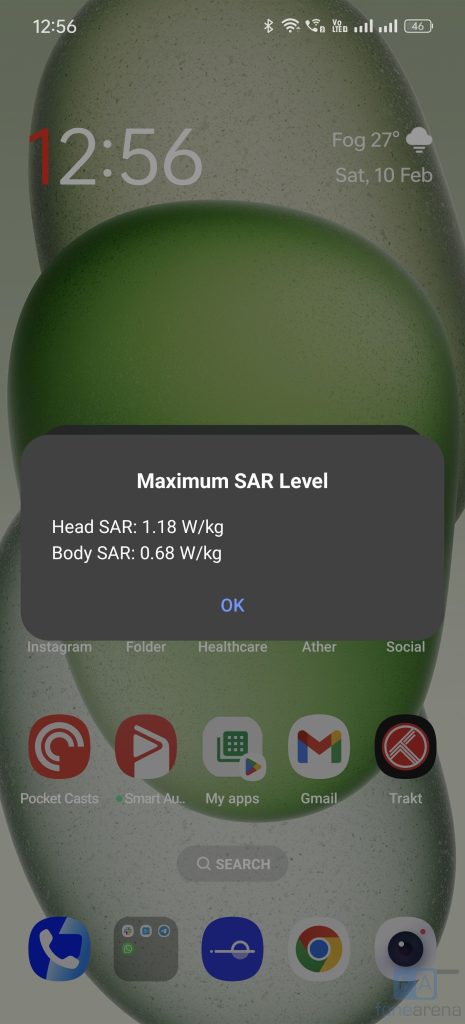
The OnePlus 12’s body SAR is 0.68W/Kg and head SAR is at 1.18/Kg, which is well under the limit of 1.6 W/kg (over 1 g) in India.
Performance and Benchmarks
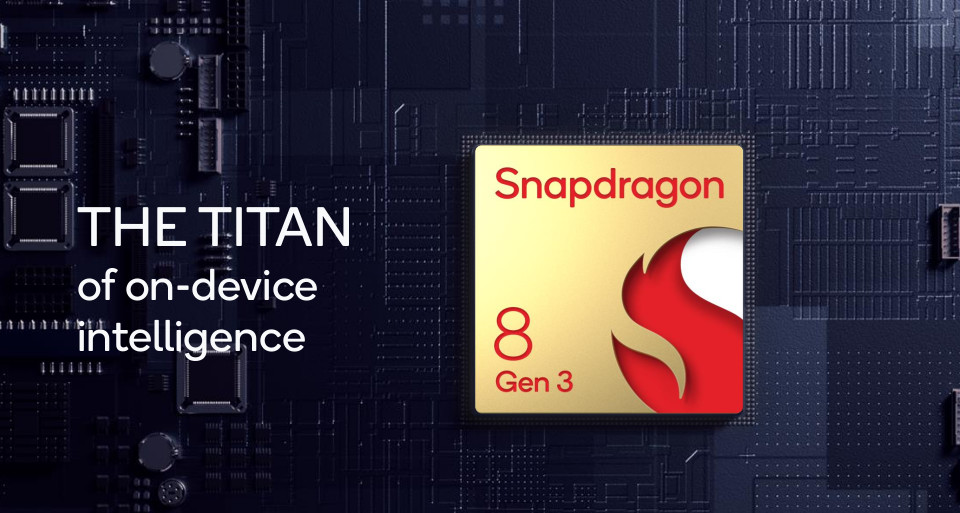
The OnePlus 12 is one of the first phones to launch in India with the Snapdragon 8 Gen 3 Mobile Platform. It has a new 1-5-2 microarchitecture that uses 1 x Kryo Prime CPU (Arm Cortex-X4 based) at up to 3.3GHz, 5 x Kryo Performance CPUs (3 x Arm Cortex-A720 at up to 3.2GHz and 3 x Arm Cortex-A720 based at up to 3GHz), 2x Kryo Efficiency CPUs (Arm Cortex-A520 based) at up to 2.3GHz.
It is fabricated using the TSMC 4nm Process Technology, same as Snapdragon 8 Gen 2. It promises 30% performance improvements and 20% improved power efficiency.
The phone has the largest, Cryo-velocity cooling system with 9140mm² VC heat dissipation area that includes a 3,686mm² small VC + 5,454mm² large VC.
We did not face any issues or frame drops in the graphic-intensive games like COD, BGMI and Genshin Impact. It reached maximum 43º in our testing indoors in Wi-Fi, but this might vary outdoors in 5G.
Check out some synthetic benchmark scores below.
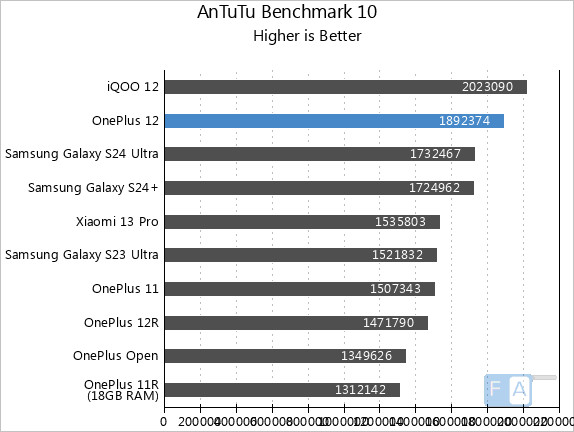
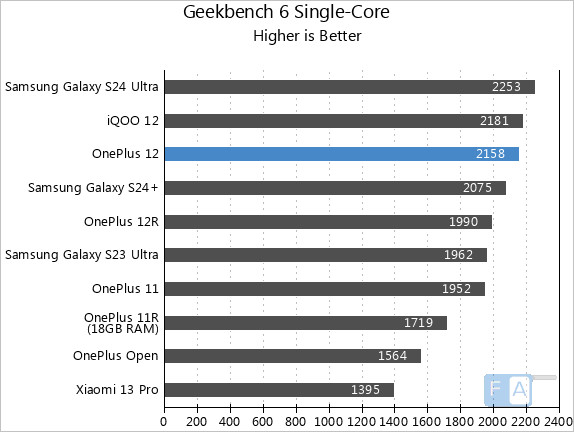
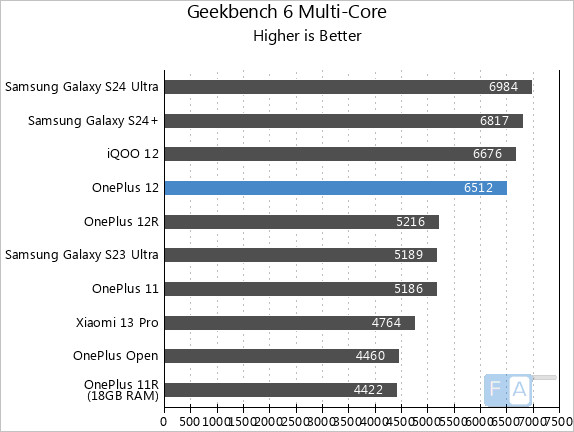
Battery life
Coming to the battery life, the phone packs a 5400mAh (typical) battery, which is slightly bigger than the 5000mAh battery in the 11. It can easily last for a day with heavy use and for 2 days with typical use.
I got close to 6 hours of screen on time with 1 and half days of use, mostly on Wi-Fi, and occasional 5G use in 120Hz. Since the phone has support for 100W SuperVOOC fast charging, it can charge from up to 100% in less than half an hour. There are smart charging, option to stop charging at 80%, and the smart rapid charging can charge the device faster if the battery is too low.
The OnePlus 12 brings back the wireless charging support which was removed in the OnePlus 11. The phone has 50W wireless flash charging, and also supports wireless reverse charging. It can be charged up to 100% in less than an hour with a wireless charger, if you are ready to spend Rs. 5499 in a wireless charger since it is properitary.
Conclusion
At a starting price of Rs. 64,999, the OnePlus 12 is a good upgrade, and a good comeback from OnePlus, since it has several improvements right from the display, performance, cameras and also brings back the wireless charging. Wish the phone also had IP68 ratings making it waterproof instead of just IP65 ratings for splash resistance.
Pricing and availability
The OnePlus 12 is priced at Rs. 64,999 for the 12GB + 256GB model and the 16GB + 512GB model costs Rs. 69,999. It is available from Amazon.in, OnePlus online store and offline stores.
Alternatives
The iQOO 12 also comes with Snapdragon 8 Gen 3 SoC, but only has a 1.5K screen, and lacks wireless charging, but it is a lot cheaper. The upcoming Xiaomi 14 should be a good competition since it has wireless charging support and comes with IP68 ratings, but it only has a 1.5K screen.
Pros
- 2K AMOLED 120Hz LTPO display is brilliant
- Smooth performance and good gaming performance
- Good cameras
- Solid build quality
- Long battery life with 100W fast charging, 50W wireless charging
Cons
- No IP68 ratings
Additional camera samples by Siva Bharani


